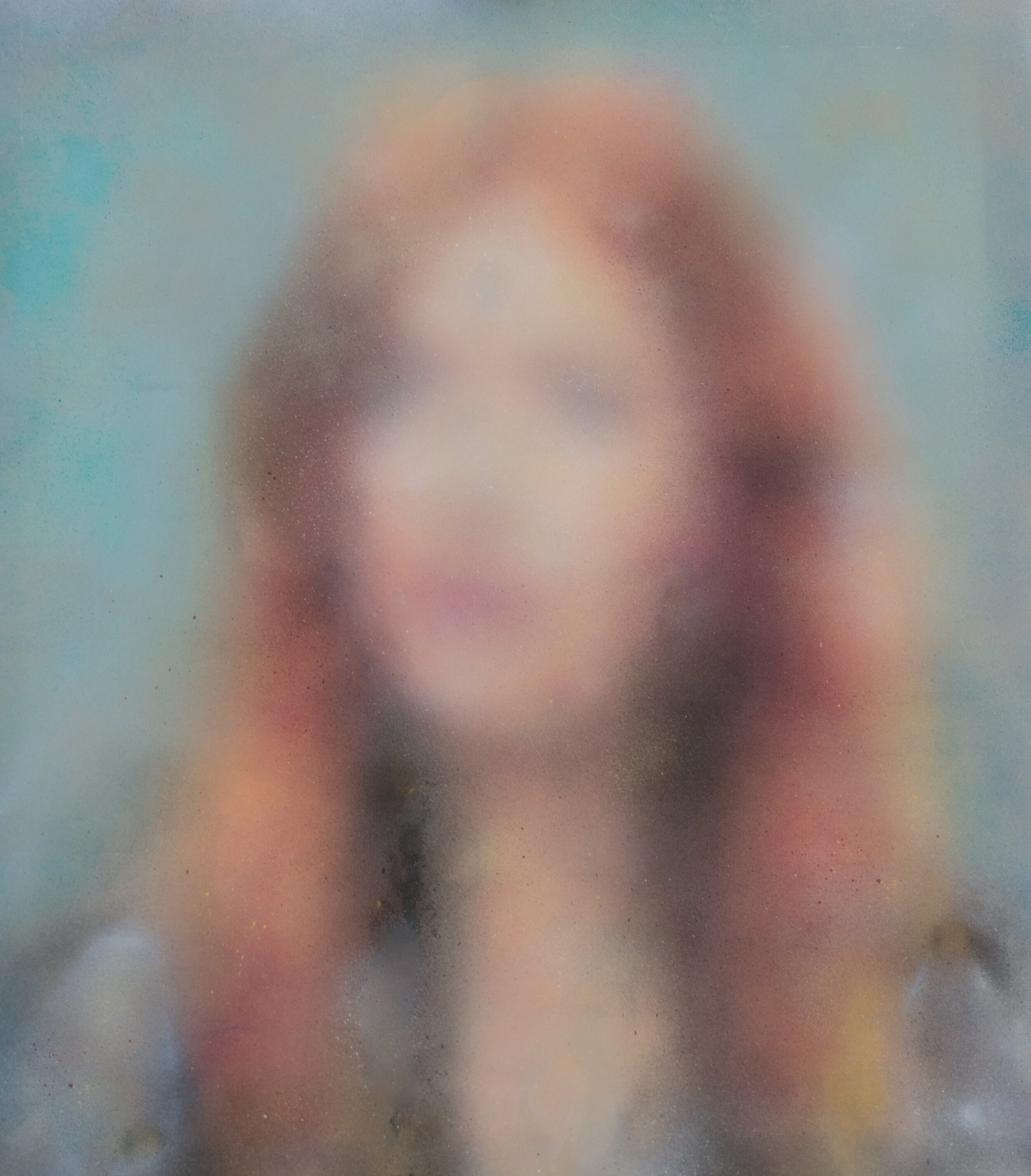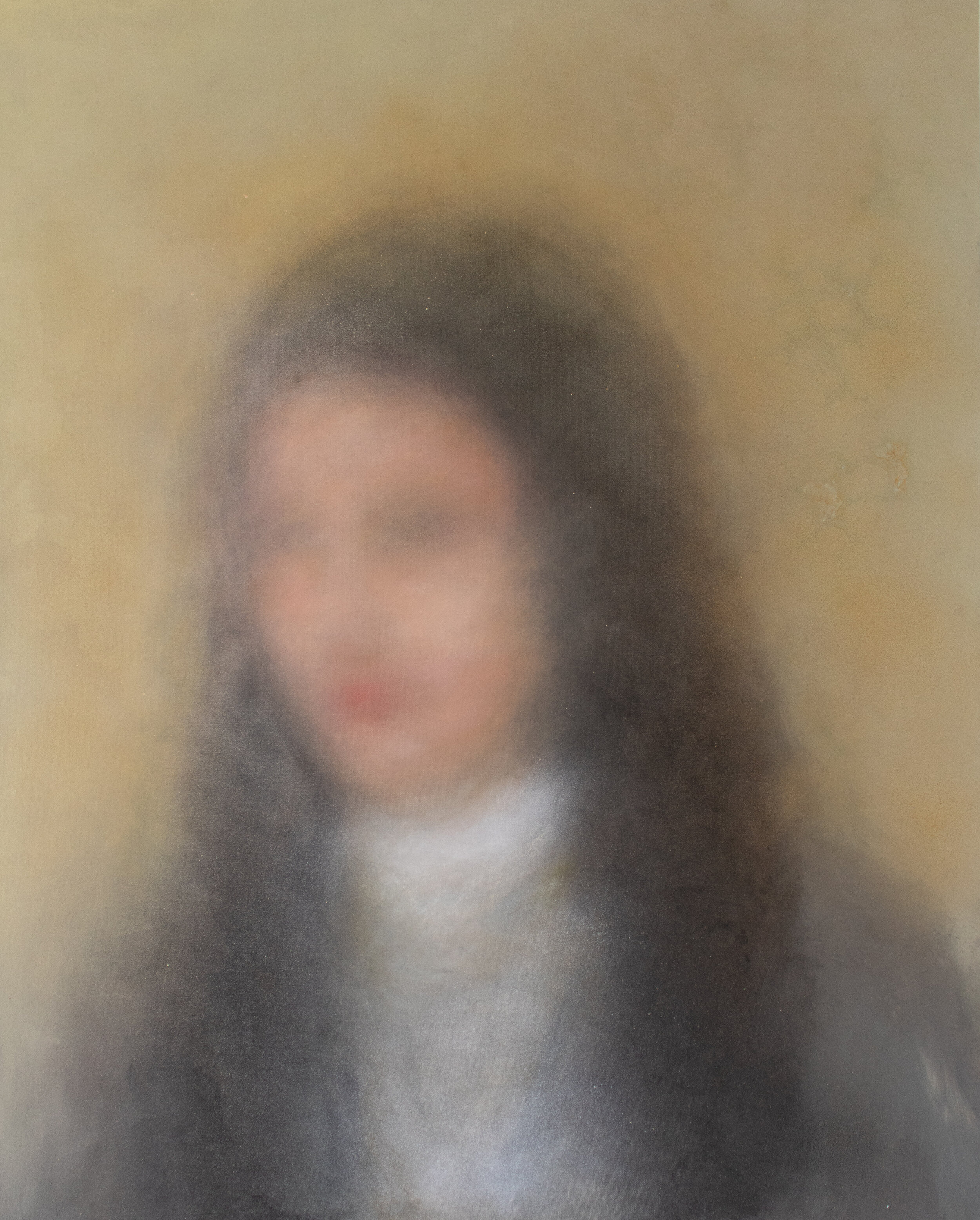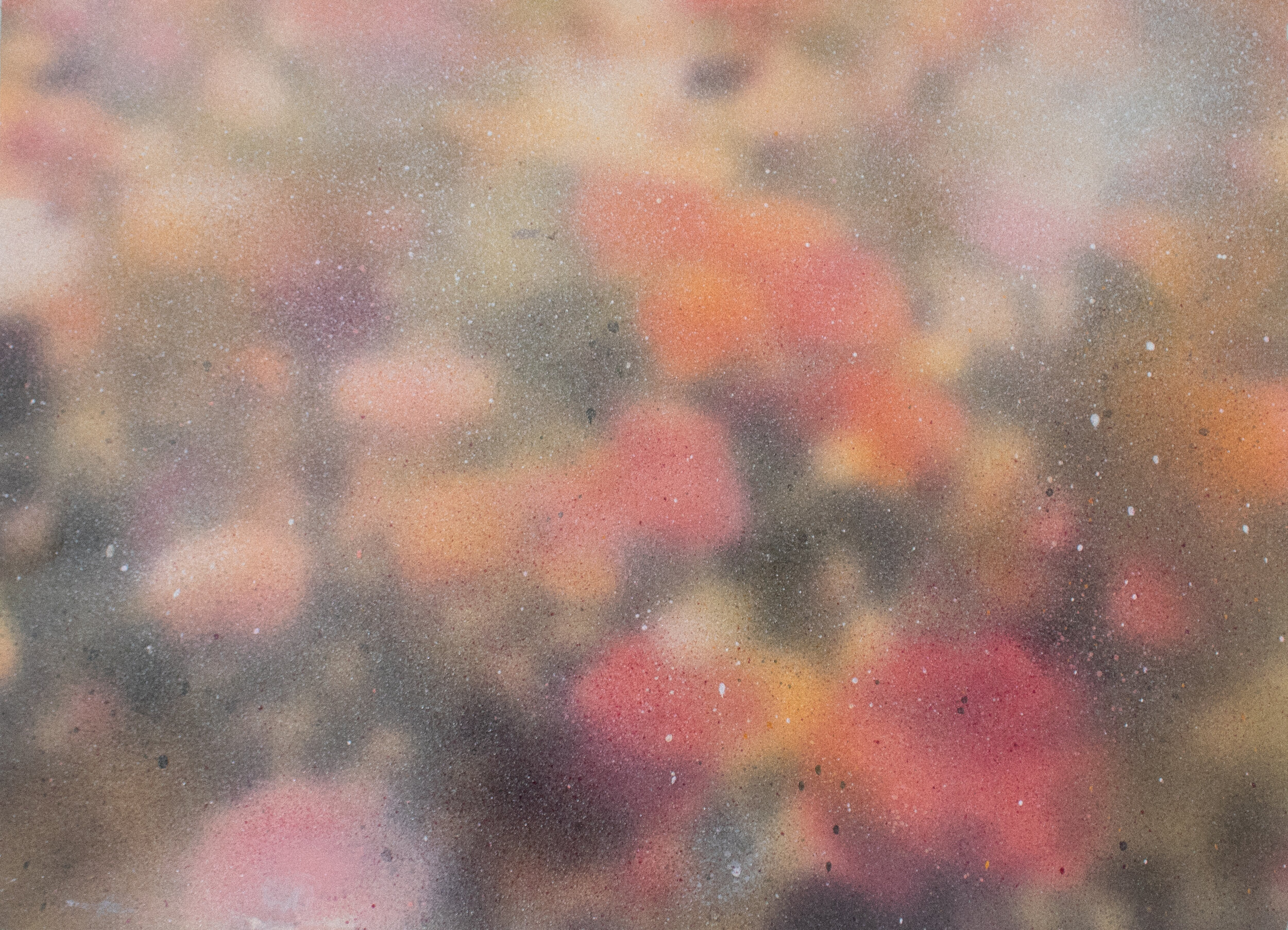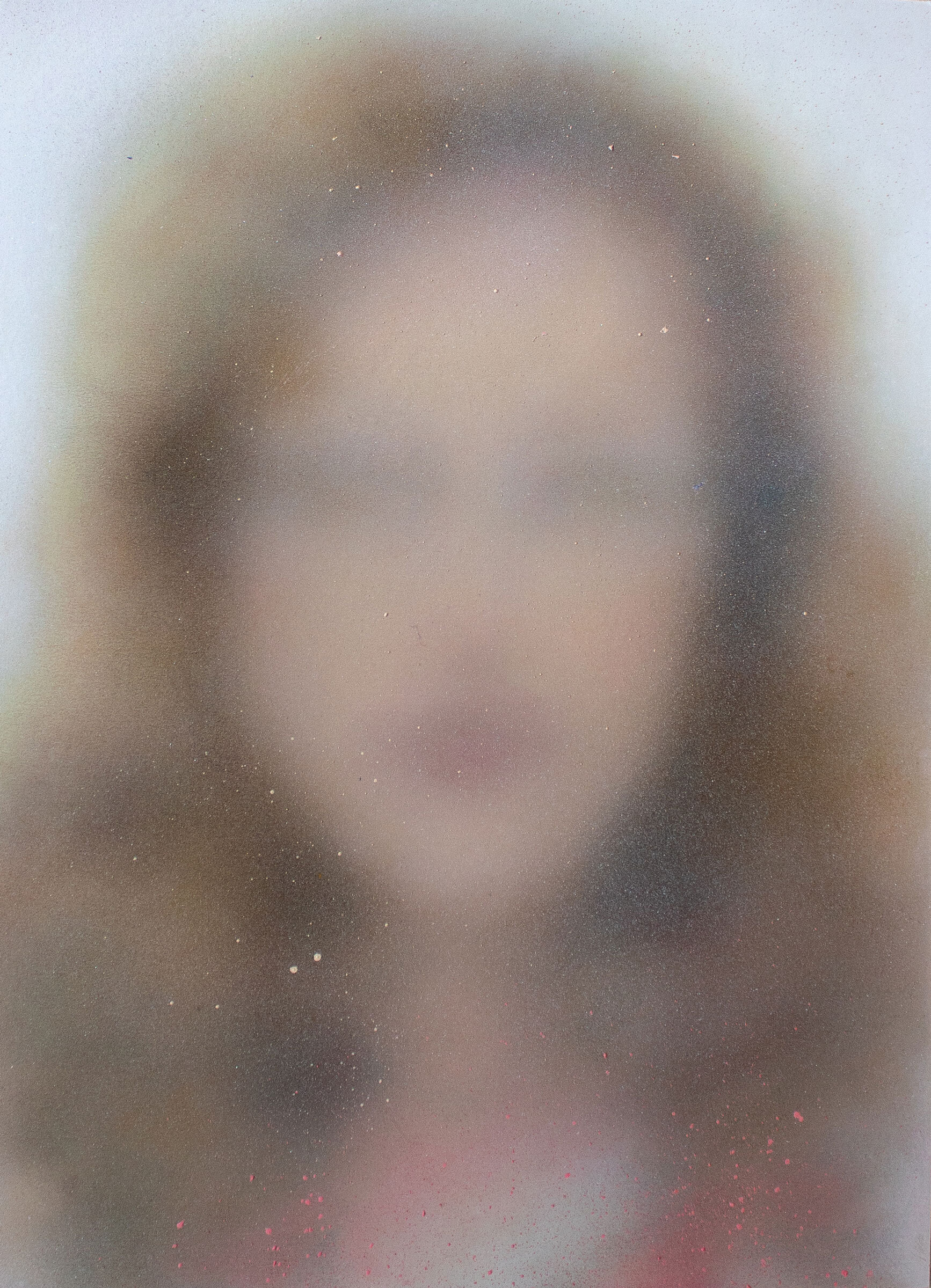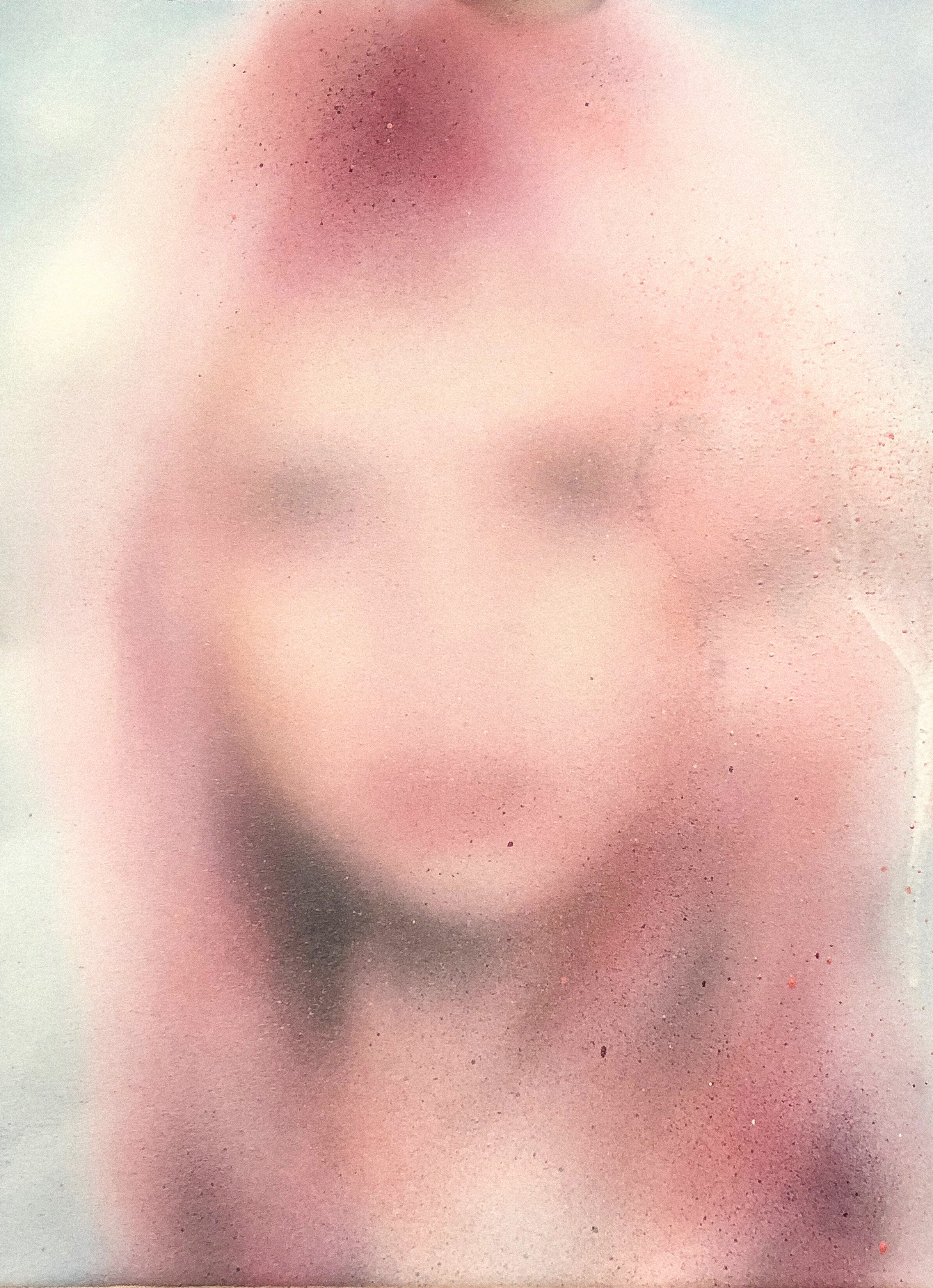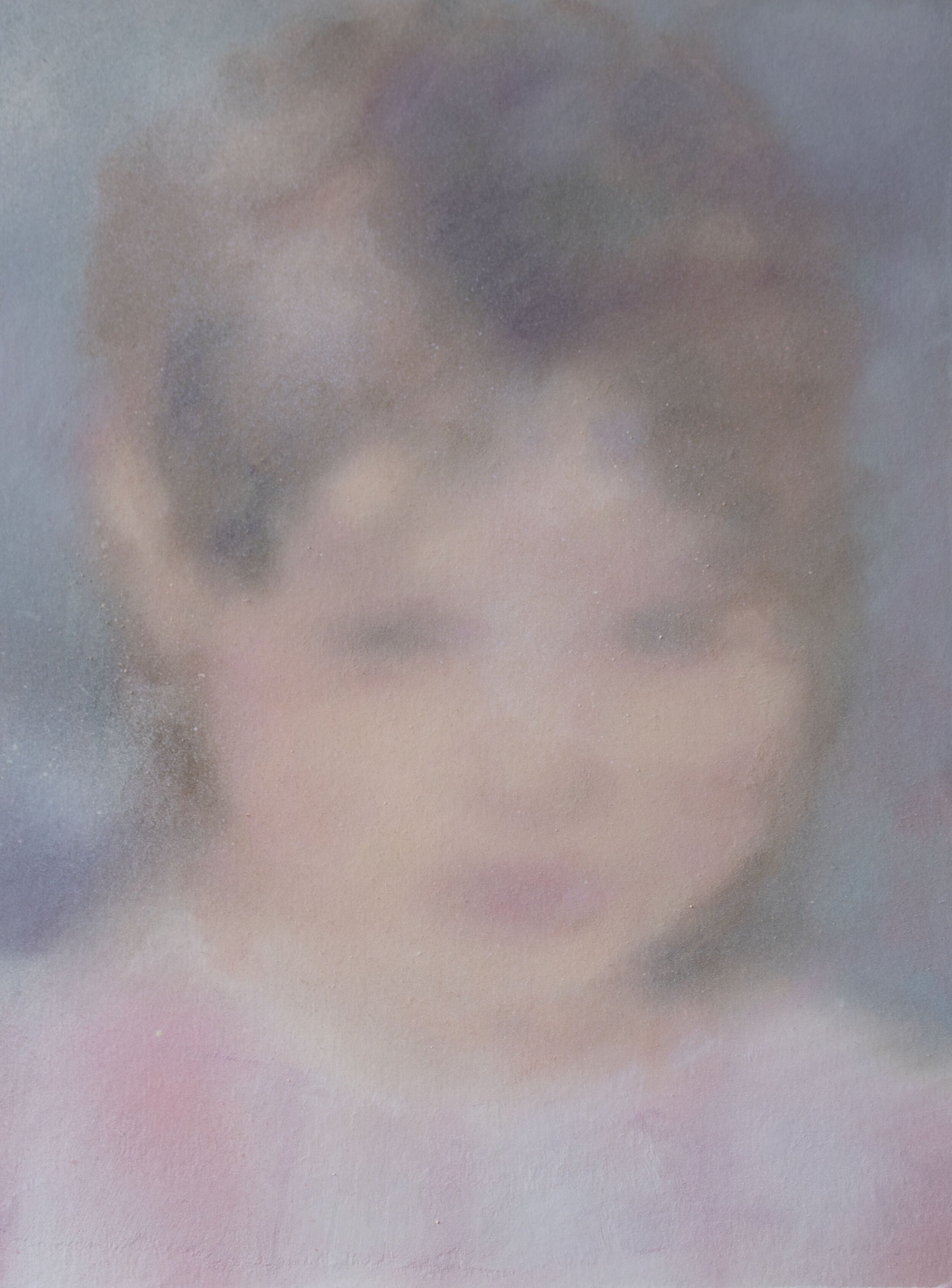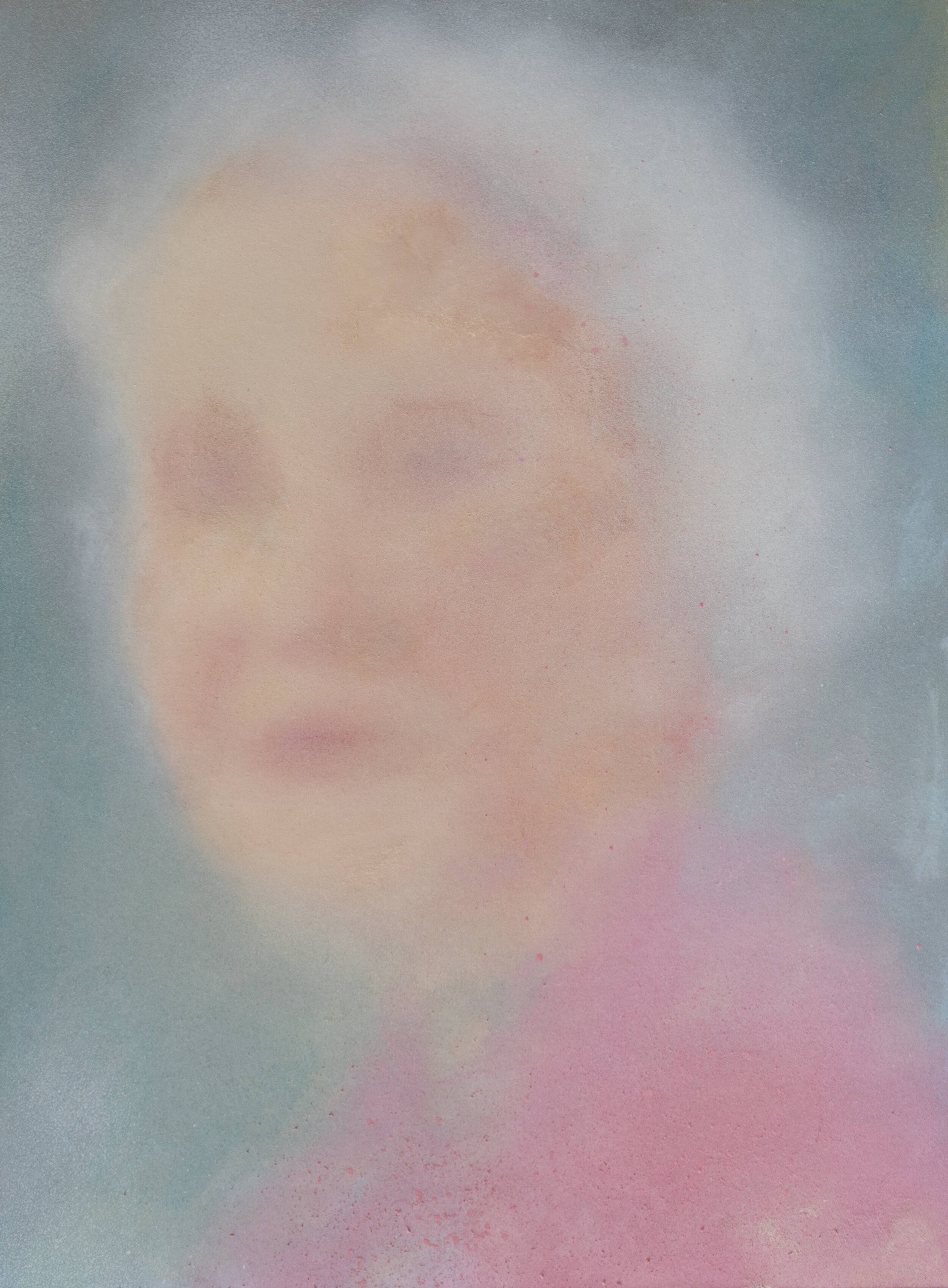Eliana Marinari
Eliana Marinari’s practice is based on a long tradition of drawing. Reinterpreting the genres of the landscape and the portrait as a means to challenge our perception of reality, her work reflects a fascination for the power of images and explores the human capacity to refer to a visual object and generate semantic associations.
Trained in classical drawing in Florence, Eliana Marinari also received a doctorate in science in London. Her artistic research brushes up against scientific studies by demonstrating the illusory quality of visual perception, which queries the truth of the visible. She brings to light subjects taken from reality by obscuring them, questioning in this way the power of representation.
The very detailed technique she has developed involves numerous stages. She begins with photographs selected from magazines or personal archives, which she then cuts, assembles, redraws in graphite or colored pencils and then enhances with pastels. Next, she sprays on acrylic colors and finishes with a final layer, the “glaze”, which shrouds the initial drawing like a Renaissance-style sfumato. The point of departure vanishes amidst the transformation, generating a detaching effect that unsettles the gaze. “The deconstructed image imitates our mind’s process of creating a visual representation and brings time, memory, loss, and an emotional narrative to the subject,” she specifies.
Could you tell us a little more about your background, and how did you begin creating art?
I was always the kind of artsy kid, always drawing, always creating something. I started to paint with oil at 8 years old (I had them home, they were my grandfather’s). Later in life however, I studied Science at University and obtained a Bachelor from the University of Florence, as my parents
would not agree for me to pursue a career in the Arts. In the meantime, I was studying Fine Arts under the mentorship of two artists from the Academy of Florence. I trained in classical drawing and oil painting. At the age of 24, I received a PhD studentship in London, where I continued to practice figurative drawing and painting. In 2015, I moved to Switzerland and received a Swiss National Funding Award for the development of an interdisciplinary project. I live and work in my studio in Geneva.
What does your art aim to say to the viewers?
I hope to bring the viewer into a dialogue with my work, curious about what types of memory they call to mind, what relationships they evoke, in people’s quest for familiarity. In my last series, “A familiar stranger”, I invited to share a memory and answer the following: “What is one specific moment from your past that shaped who you are today?”
The answers ranged from inspiring to incredibly painful. I read through them and created images based on some of the answers that resonated with me. In this series, I really wanted a deeper connection with my audience, and engage with social and identity issues.
Can you tell us about the process of creating your work? What is your daily routine when working?
The work begins with several photographs selected from magazines or personal archives, which I then cut, re-assemble in one source image that I redraw in graphite and pastels on paper or on canvas. Next, I spray on acrylic colors that I use as a “glaze”, semi-transparent layers that shroud the initial drawing like a Renaissance-style sfumato. I can spend few days in the studio just “building” the source image and then several days for the pastel drawing, depending on the dimension of the piece. I often carry on multiple works in parallel. I am a morning person, so I go the studio after dropping the kids to school and I just start “making”, while listening to podcasts.
What’s the essential element in your art?
One of the essential elements in my art is the tension between what you see and what you imagine. My work is a fine balance between presence and absence of details and it aims to challenge our perception of reality, by demonstrating the illusory quality of visual perception, questioning the power of representation.
In your opinion, what role does the artist have in society?
The role an artist in society lies in the very act of creation: the importance of creating a parallel universe, the freedom of imagination and the capability to convey universal values in a unique piece of art.
Website: https://elianamarinari.com

